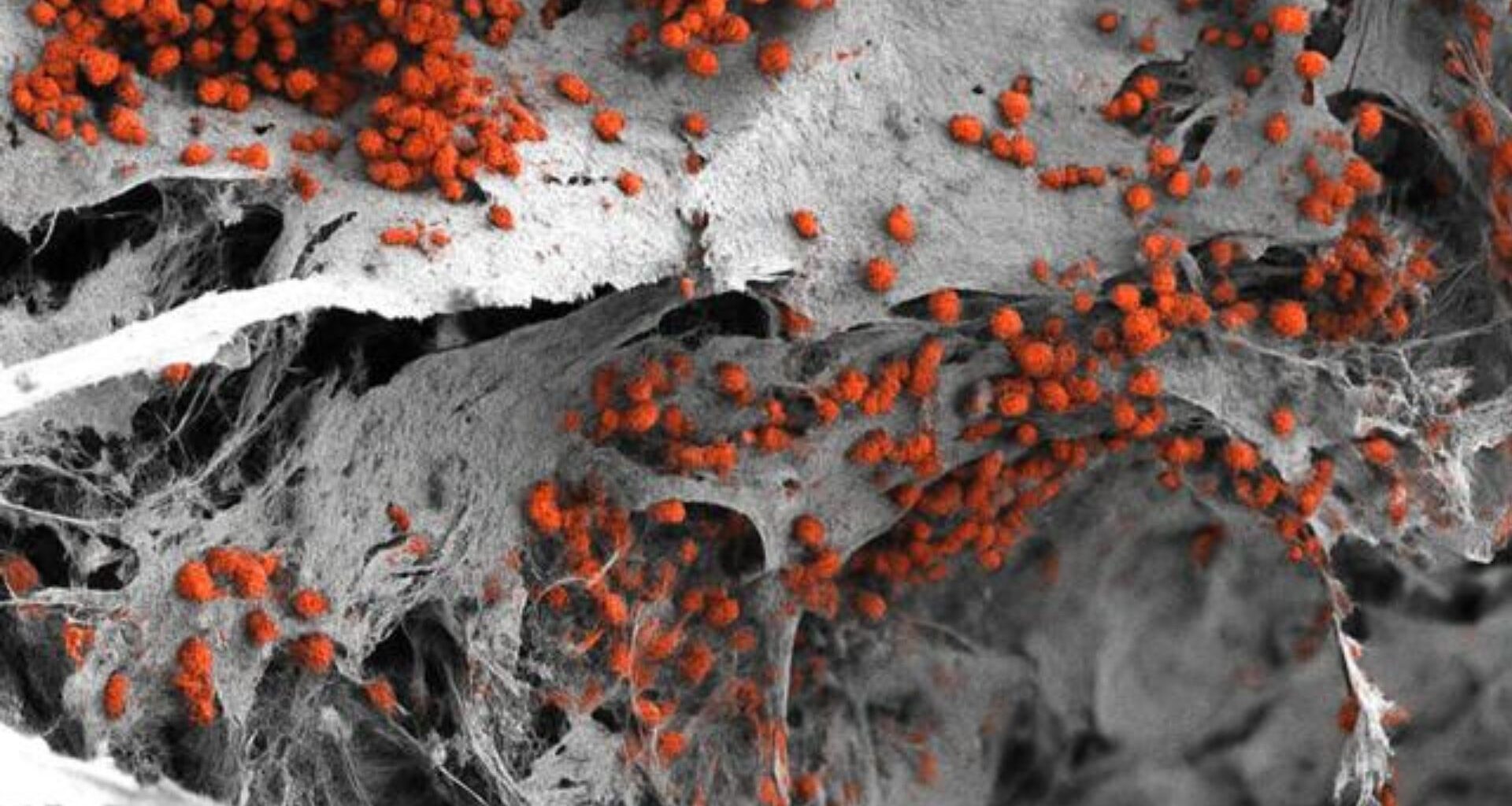For the first time in bioengineering, researchers have successfully developed a realistic model of human bone marrow using exclusively human cells.
Switzerland’s University of Basel and University Hospital Basel say this model could help to replace or reduce animal use in numerous research applications, like blood cancer research and drug testing.
Replicating the body’s crucial niche
Regarded as our body’s “blood factory,” the bone marrow toils tirelessly in the background without being noticed until and unless a blood disease occurs.
Day in and day out, the bone marrow produces billions of cells. It is a complex tissue containing specialized components like bone cells, blood vessels, nerves, and immune cells.
The spongy structure is organized into specialized microenvironments called niches. Understanding the bone marrow is important, especially when failures occur, such as in blood cancers.
The endosteal niche, located near the bone surface, is vital for normal blood formation and is also linked to how blood cancers develop resistance to therapies.
Current research mostly depends on animal models or oversimplified cell cultures, which fail to accurately replicate the full cellular complexity of the human bone marrow and the endosteal niche.
To overcome this challenge, the researchers developed this new model.
How the model was built
The complex, realistic bone marrow tissue was engineered using two core components: a supportive scaffold and specialized human cells.
The basis for the construct was an artificial bone structure made of hydroxyapatite, which is a natural mineral found in bones and teeth. Into this scaffold, the research team introduced human cells that had been reprogrammed using molecular biology techniques into pluripotent stem cells.
These versatile, artificially developed stem cells were then capable of producing all the necessary specialized cell types (like bone cells, blood vessels, and nerves) required for the marrow, based on the specific signals they received within this engineered environment.
Researchers embedded the stem cells within the artificial bone structure and then used targeted processes to systematically create the many different types of bone marrow cells.
Further examination showcased that this resulting three-dimensional construct closely mimics the human endosteal niche and is relatively large (8 mm diameter, 4 mm thickness). Interestingly, this realistic model was able to sustain human blood formation in the laboratory for weeks.
Reducing animal use and advancing drug testing
The primary immediate benefit of this system is its use to understand human biology.
Professor Ivan Martin notes that while mouse studies have been invaluable, the new human model offers a closer approximation of human biology.
“It could serve as a complement to many animal experiments in the study of blood formation in both healthy and diseased conditions,” Martin noted.
It also holds promise for drug development. However, the researchers point out that for parallel testing of multiple drugs and doses, the current model size is likely too large and would require miniaturization.
Ultimately, the model may be used to help create personalized treatment plans for patients battling blood cancers.
This would involve generating individual bone marrow models using a patient’s own cells. Researchers could then test various therapies in vitro to select the single most effective treatment for that specific patient. However, the team admits that more development is necessary to reach this goal.
Nevertheless, the successful creation of this fully human “blood factory” represents a crucial first step.
The findings were published in the journal Cell Stem Cell.

